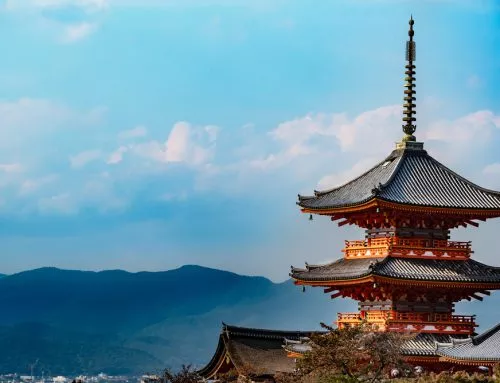Camping is a fun outdoor activity that many locals and foreigners in Japan take part in. It is an exciting way to enjoy the natural beauty of the country, and it can also be a cheaper alternative to staying at hotels, ryokan and hostels.
Japan is home to more than three thousand campsites, from Hokkaido in the north all the way to Kyushu in the south. If you want to try camping on your next trip to Japan, the following are some of the best campsites in the country:
Miyajima Tsutsumigaura Nature Park
The Miyajima Tsutsumigaura Nature Park offers a variety of activities such as hiking, biking and birdwatching, as well as camping facilities, including fire places, cooking utilities, fuel, utensils, and other equipment.
Admission fees are 250 yen for elementary school kids and 500 yen for the rest. Visitors may camp there without having to make reservations, and they may bring their own tents. Tent rental costs 2,800 yen for a 4-person tent and 4,800 yen for an 8-person tent. The site also has some cabins that can accommodate groups of 4 or more, with prices ranging from 16,500 yen to 56,000 yen.
From the Miyajima Pier, access to the campsite is very easy as it only takes a 10-minute bus ride to get there.
Tazawako Campground
Located in Akita Prefecture near Japan’s deepest lake, Lake Tazawa, Tazawako Campground offers a long list of outdoor activities that adventure-seekers will definitely love — boating, canoeing, hiking, jet-skiing and fishing. The site is also home to some of the country’s most beautiful scenery, with stunning views of the crater lake, shore and mountains.
To access the campsite, get on the JR Akita Shinkansen Line from Tokyo and get off at Tazawako Station. Then take a 15-minute bus ride to the Tazawa-kohan stop that is located a few minutes’ walk from the campsite.
Wataze Midori-no-Hiroba Campground
For those thinking of doing the Kumano Kodo trek, camping at the Wataze Midori-no-Hiroba Campground in Wakayama is highly recommended as the site is located only about four kilometres away from the pilgrimage’s final point (the UNESCO World Heritage Site known as the Kumano Hongu Taisha). It is home to open-air hot springs, baths, and a pool that can revitalise the body after a long time on the road.
There are bus services in Gojo, Shingu and Tanabe that go to the campsite daily.

















